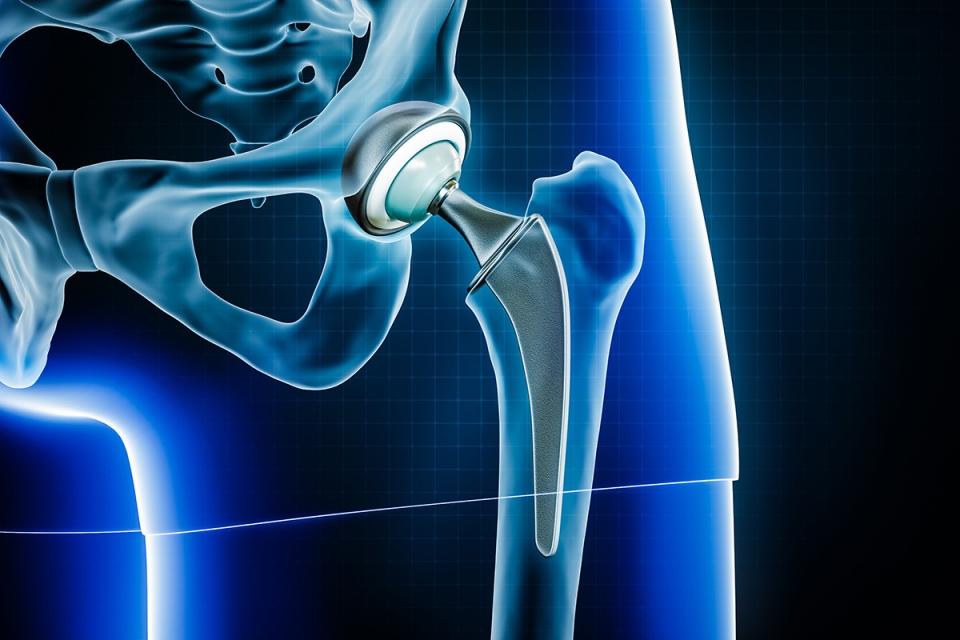Metal allergies
While the likelihood of having an allergy to the materials in total joint replacements is low, there has been a notable shift towards using materials that lower the risk of allergic reactions. Metal allergy testing is also available. This serves as a valuable tool to identify potential allergies.
Which implant is best for me?
Studies show hip implants can last beyond 15 years from the original surgery, and the success rate for total knee replacement is outstanding, lasting between 15 to 20 years, making them vital in restoring mobility and improving your quality of life.
Asking questions and discussing implant options with your surgeon will give you a better understanding of the different materials available, and which is the best implant for you.

